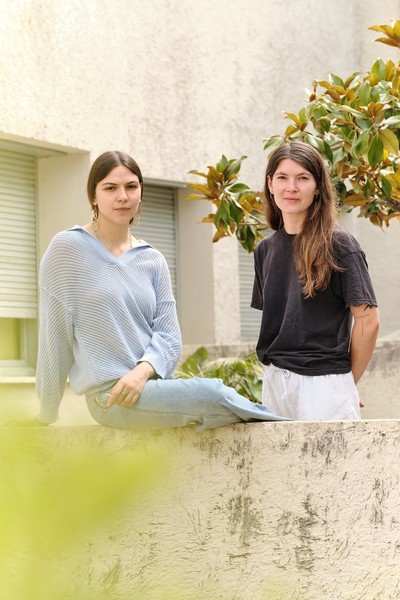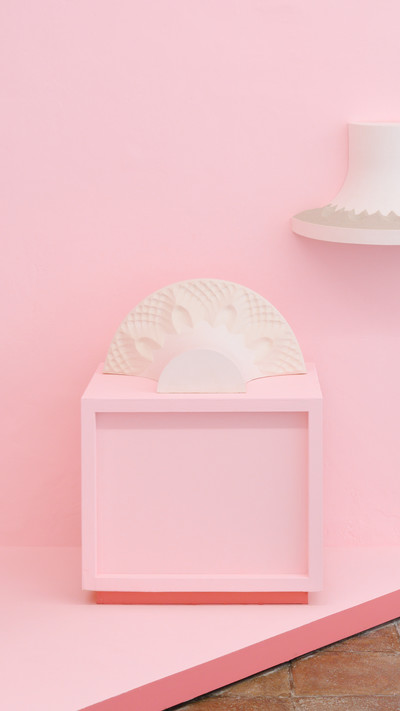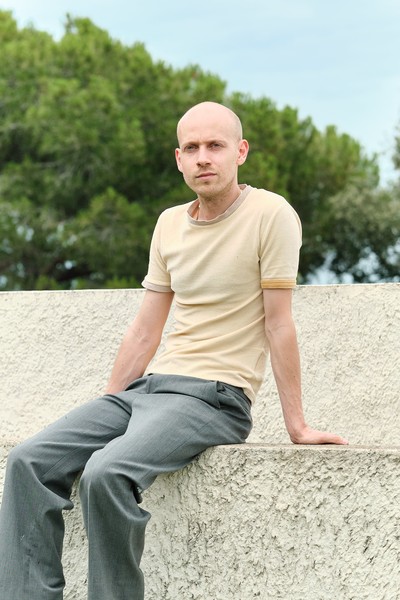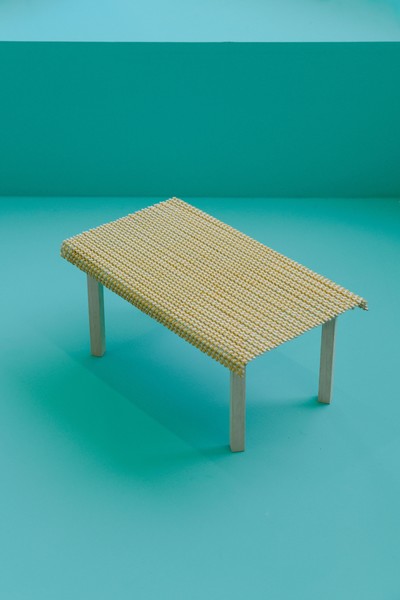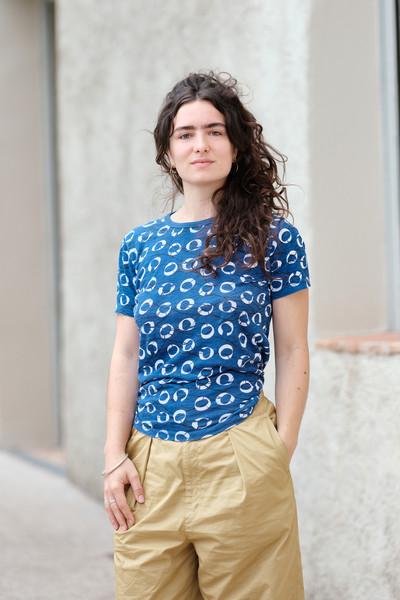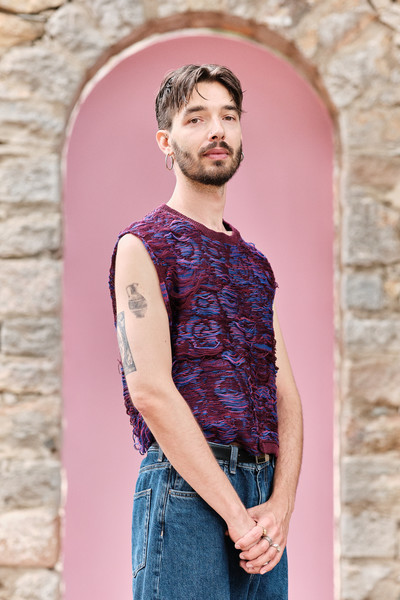Palmarès
Sacha Parent & Valentine Tiraboschi, France Decor by Sand
The project Decor by Sand aims to contribute to the construction of contemporary ornamentation. It questions the designer’s role in the emergence of the vocabularies that surround us to produce just and sustainable forms that are anchored in the heritage of art and technical history. Valentine Tiraboschi and Sacha Parent blend the crafts of staff, porcelain, and foundry with a form-generation process through the flow of sand. They develop an applied ornamental grammar. Linking designers and natural phenomena, they create a co-production protocol.
Through their molding, these sand ornaments are transposed into objects made of noble materials related to our interiors: candlesticks, dishes, mirrors, or even capitals… For them, post-industrial ornamentation is an ornament induced by its mode of conception: it finds its function within the very scale of the material. The ornamental qualities of sand flows thus become structural qualities that place nature at the center of the production of the artifacts that surround us.
The sand ornaments form a vitalist and ephemeral device. They confront us, as creators or users, with the uniformity of formal vocabularies and the standardization of contemporary production methods. These manifest decors are an ode to nature that is freely interpreted: “Let Nature be your only goddess. Have absolute faith in her. Be certain that she is never ugly and limit your ambition to being faithful to her.” Testament of Auguste Rodin, 1917.
Gabriel Hafner, France, Switzerland, and Germany
TECTONA PRIZE
As a specialist in high-end garden furniture, Tectona supports the Design Parade Hyères festival with the creation of the Tectona Design Parade Prize in 2023. As part of this partnership, this year, ten designer candidates will be invited to imagine an outdoor table on the theme “a summer meal.” The only technical constraint: use metal or a natural rot-proof material. Each candidate will create a conceptual model in a simple material (wood, cardboard, paper), at a scale of 1:5, with financial support from Tectona. The ten models will be exhibited at Villa Noailles from June 27 to September 1, 2024. The jury, guided by the technical advice of Jean-Yves Grandfils, Tectona workshop manager and Best Craftsman of France, will choose the winner, who will receive a prize of 5,000 euros. A new chapter in the history that unites Tectona with French cultural creation, the Tectona Design Parade Prize at Villa Noailles offers garden furniture design the recognition it has long deserved.
Juliette Rougier, France
ALTO
The canne de Provence is a perennial plant endemic to the Mediterranean basin. Traditionally used to make canes, baskets, hats, thatch, and reeds, it is also the preferred material for manufacturing wind instrument reeds. Every day, manufacturers discard hundreds of reeds with manufacturing defects or stains. I contacted the Marca factory in Ollioules, which has been producing reeds since 1957, to retrieve their defective reeds destined for burning. I repurpose these “undesirables” by working on them according to the codes of marquetry. The crafting of reed tips highlights the different aspects of the cane, shiny and curved on the surface, matte and porous at its core. By reintegrating these rejects into a new creative process, the reeds, scarred and darkened by the sun, are alternated to reveal a multitude of rhythmic patterns with graphic and contrasting lines. This project engages in an exchange between the Mediterranean region and its history, between a downgraded material and a perpetuated craft, and a contemporary reinterpretation of traditional know-how. Through the first pieces of this collection, I explore a new form of marquetry, at the crossroads of design, art, and craftsmanship.
Lucas Rizzo, Switzerland
Mirage Miroir
In the villages of Puglia, from where Luca Rizzo originates, large amphoras are omnipresent, whether they stand at the entrance of houses or serve as pantries inside. Carriers of stories, they symbolize life, the warmth of the home, and sharing. Over time, these receptacles have lost their primary function to become mere decorative objects. With Mirage Miroir, the artist seeks to transcend their purely ornamental function, inviting us to consider them as central figures in an intimate narrative. Drawing from his childhood memories and inspired by his Italian origins, he uses design as a tool in the service of memory, striving to infuse each piece with a spirit. The amphoras then transform into true creatures: entities in their own right, endowed with their own identity and personality. They come to life and inhabit the space with their presence, creating their own scenography. Made from various materials, ceramics, and textiles, the amphoras now take on the traits of chimerical characters that reveal stories combining mythology and the power of contemporary design. Valuing artisanal craftsmanship and returning to a slow, conscious production far from serial overproduction are the foundational principles of Luca Rizzo’s work. Each piece is unique and restores the value of art to manufactured craftsmanship. The use of some of the oldest techniques, such as ceramics, dialogues with more modern materials like feathers or synthetic textiles, creating a narrative that oscillates between the familiar and the strange.

